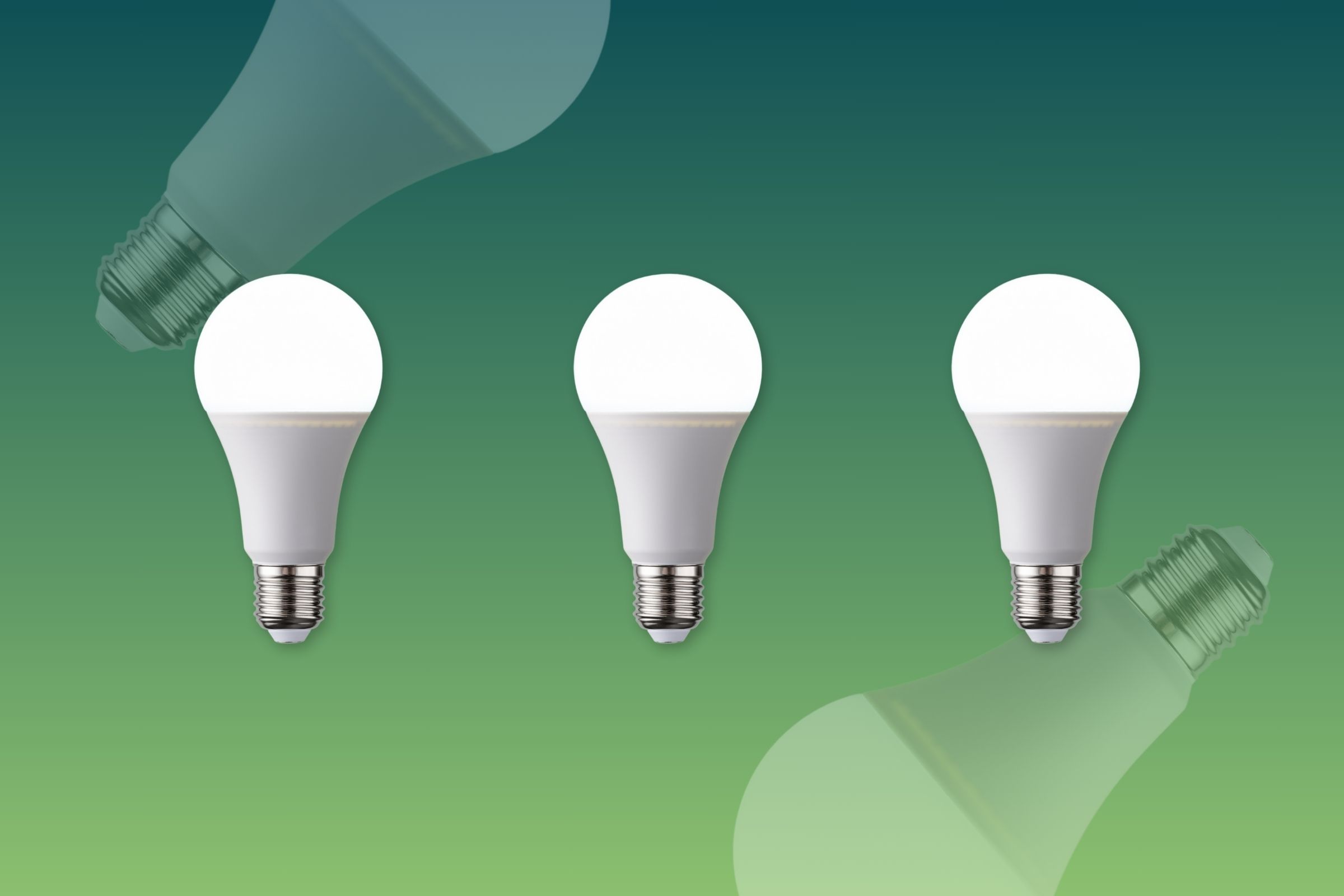
Working as an interior designer means you will invariably be the one who sweats the small stuff—the one who deliberates over two nearly indistinguishable shades of white. I’ve been a professional detail-obsessive for nearly 20 years. And I’m not only thinking about the physical details of how a space will look. I’m also deeply concerned with how it will make you feel.
You don’t have to be an interior designer to have strong opinions about the spaces where you spend your time. And no matter how discerning your eye is, you will be confronted with limitations, and you’ll realize you can't control everything. Furniture will be out of stock. Walls will be immovable. And your priorities like cost, sustainability, and aesthetics, may conflict. That tension smacked me right in the face as a result of an innovation that most of the world applauded yet I privately mourned: the death of the soft, warm incandescent lightbulb, and the forced integration of (gasp) cold, harsh LEDs.
Read More: How to Lower Your Home Energy Bill
LED light bulbs create light by passing an electrical current through a microchip, whereas incandescents heat a filament that produces light. White LED bulbs first gained traction in the residential market about 20 years ago. They were expensive and still seen as a novelty option, but they did have benefits. LEDs could light up a space more efficiently and use way less energy—about 75% less—than the more traditional incandescents. On top of that, an LED bulb has a much longer lifespan and doesn't generate heat like a traditional one. Seems like a win-win, right? Well, not quite.
To be clear: I’m certainly in favor of making changes to increase the efficiency of your home. And if they’ll also save you money, that’s even better. My objection to the LED takeover was rooted not in how they function, but in how they make interiors look. Most LEDs emit a cold, blue light that can feel sterile and clinical. They’re great for doctors’ offices and grocery stores, but my goodness, that soulless light enveloping every surface of your home? Not so much. For some less visually sensitive folks, a light bulb's color temperature may be imperceptible. But for someone who is attuned to these minute elements, LEDs felt nothing like the warm light I favored for all my design projects, let alone my own home.
Looking back, I now realize my love affair with a certain type of lighting began long before I had even entered the design world. As a kid, I remember never really liking the table lamp on my nightstand, even with its shade. I didn’t know anything about light bulbs, but I knew it didn’t feel “good” to my 6-year-old eyes. So one day, I threw an old t-shirt over the shade, creating a certain fire hazard, and thought, Oh, I like this. It wasn’t so much how it made my room look back then, but how it made me feel cozy and comforted. As I got older, I upgraded from t-shirt shades to (ahem) fabric shades. And when I began my work as a designer, I quickly discovered that there were, in fact, warm, white, incandescent light bulbs that mimicked the feel-good glow I got from throwing a shirt over a lamp. These bulbs soon became my go-to, my most flattering friend, and a necessary detail in my design process.
Read More: 6 Decorating and Remodeling Tips From a Top Interior Designer
I had many blissful years with those bulbs until it finally happened: the takeover of the LED. Incandescents were slowly disappearing from shelves. Energy-efficient LEDs were heralded as the future, and I was prepared to stockpile my preferred bulbs like a doomsday prepper. By August 2023, the U.S. went so far as to ban the sale of almost all incandescent bulbs, committing to a full-on embrace of the LED.
Luckily for me—and for the future of well-lit spaces everywhere—there is no need to panic. We can have warm light and energy efficiency. Technological advances have now led to LED bulbs in every color, size, style, and—most importantly— temperature. These new warmer versions perfectly mimic the glow of an incandescent bulb, and some are even dimmable. My personal favorite is a 40-watt-equivalent soft white bulb. Thanks to this little LED wonder, my fears of an eternity of cold and clinical interiors have thankfully been assuaged. And in the end, there’s nothing more comforting than making better choices for our planet.
More Must-Reads from TIME
- Donald Trump Is TIME's 2024 Person of the Year
- Why We Chose Trump as Person of the Year
- Is Intermittent Fasting Good or Bad for You?
- The 100 Must-Read Books of 2024
- The 20 Best Christmas TV Episodes
- Column: If Optimism Feels Ridiculous Now, Try Hope
- The Future of Climate Action Is Trade Policy
- Merle Bombardieri Is Helping People Make the Baby Decision
Contact us at letters@time.com